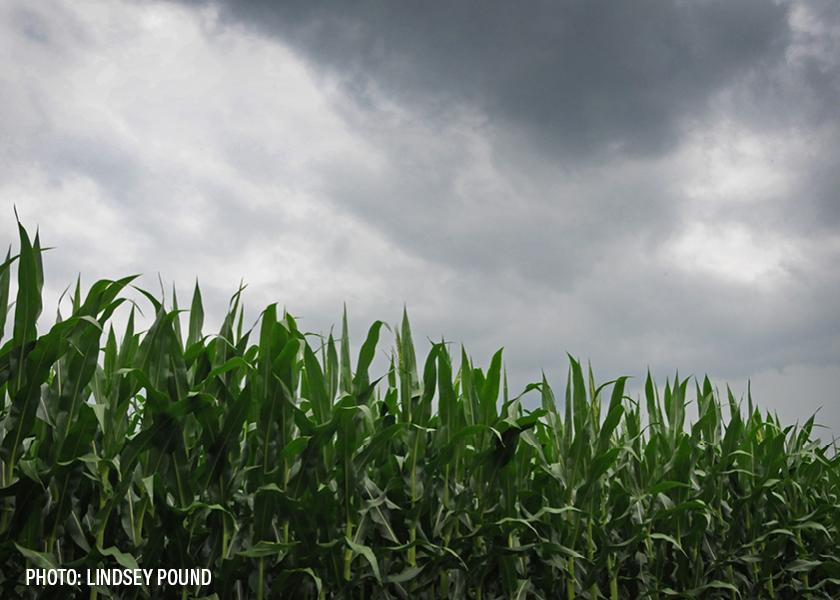As El Niño Makes Its Grand Return, Here's What It Tells Us About Summer Weather and Corn Yields

Drought was a major storyline for U.S. crop conditions last summer. Dry conditions spurred by La Nina weighed on corn yields across areas of the Corn Belt. As La Nina fades, and El Niño starts to make a return, meteorologists say the weather shift could also signal better crop production in 2023.
El Niño is the warm phase of the El Niño–Southern Oscillation, and it’s associated with a band of warm ocean water that develops in the central and east-central equatorial Pacific. While it can bring warm temperatures around the globe, agricultural meteorologist Eric Snodgrass says it also tends to bring favorable growing conditions for crops in the Midwest.
“We do have a great suite of models that we'd like to just combine and compare, and what's interesting about this particular year is they're all telling the same story. And that story is that we expect most of the Corn Belt to have decent summer thunderstorm activity, decent precipitation and a lack of long duration episodes of heat,” says Snodgrass, the Principal Atmospheric Scientist with Nutrien Ag Solutions. “We always get short heat waves, but I'm talking about the long duration ones that can really go in there and destroy yields.”
Change in Pattern Hints Change in Summer Growing Conditions
He points out with most models signaling the return of El Nino, it is also a hint of what type of growing conditions crops like corn could see this summer.
“El Niño and the likelihood of it becoming a full-fledged El Niño by the time we get into summer, is pegged at about a 75% chance of occurring now,” says Snodgrass. “Should it manifest itself and be the most dominant, what we call teleconnection in the pattern, we would likely be seeing a better year overall.”
Snodgrass says his forecast for favorable growing conditions this summer is based off previous El Niño years, and particularly, El Niño summers.
“Since 1970, we've had 17 El Niño summers and 14 of them had trendline yields slightly above that. This means we generally think of El Niño summers of having a more juicy atmosphere, or more stuff for thunderstorms, so we'll keep a close eye on it,” he says.
Read More: Punishing Drought Now Expected to Persist Through July Across Texas, Plains
Drought in the Plains Still a Concern
The area Snodgrass is most concerned about is the southern Plains. Growers in the area are finally seeing chances of rain, but he says considering how deep the drought is in areas of Kansas, Oklahoma and Texas, it will take above normal precipitation to eat away at the punishing drought.
“The places I'm most concerned about right now have to be the places that are already in drought because it takes so much effort to overcome the lack of soil moisture in those places,” he says.
USDA meteorologist Brad Rippey is also watching El Niño, and the more short-term need for moisture across the Plains. He says timing of those rains will be key.
“If you talked to me a month ago, I would have been talking about how we expect to see El Niño by the end of the calendar year. But all of a sudden, as we look at the how the Pacific Ocean is evolving, it seems like El Niño is more and more imminent each passing day,” says Rippey. “From a drought standpoint, that ultimately should be good news for these drought-affected areas of the Great Plains, because that should help this transition out of drought. But the big question is, will it come in time to salvage summer crop planting?”







